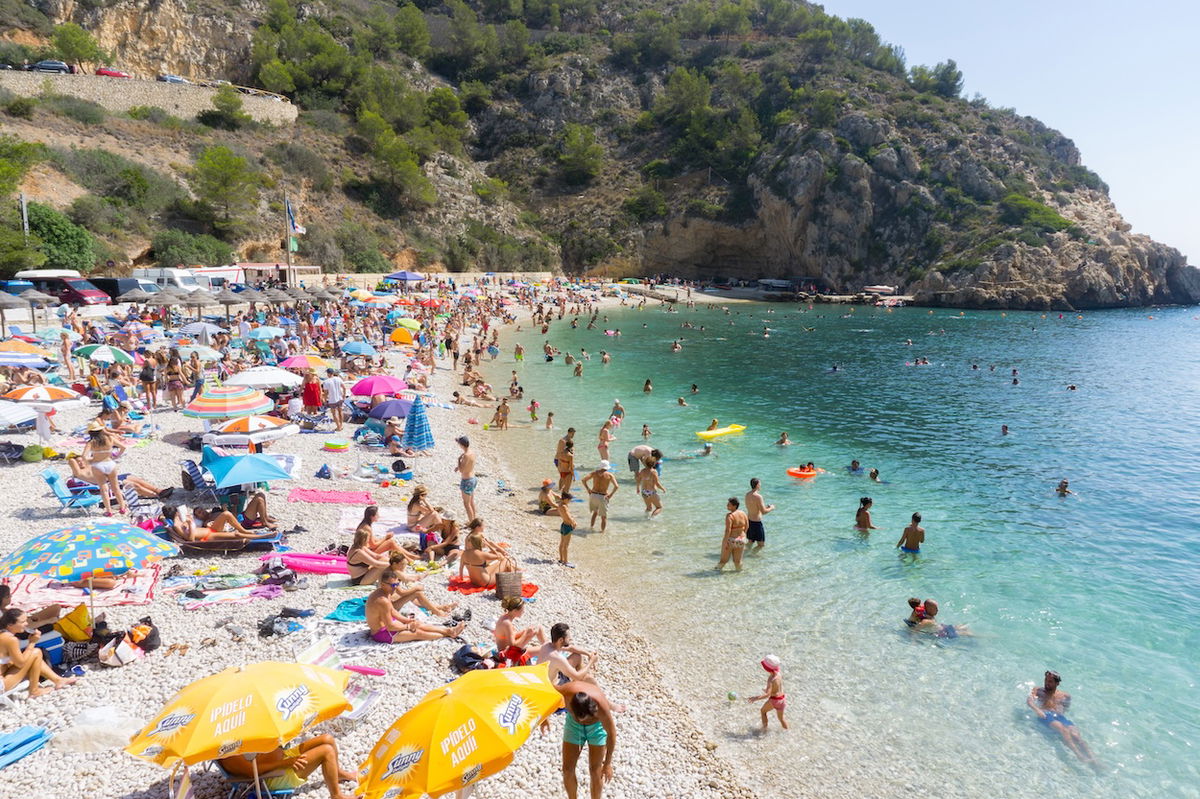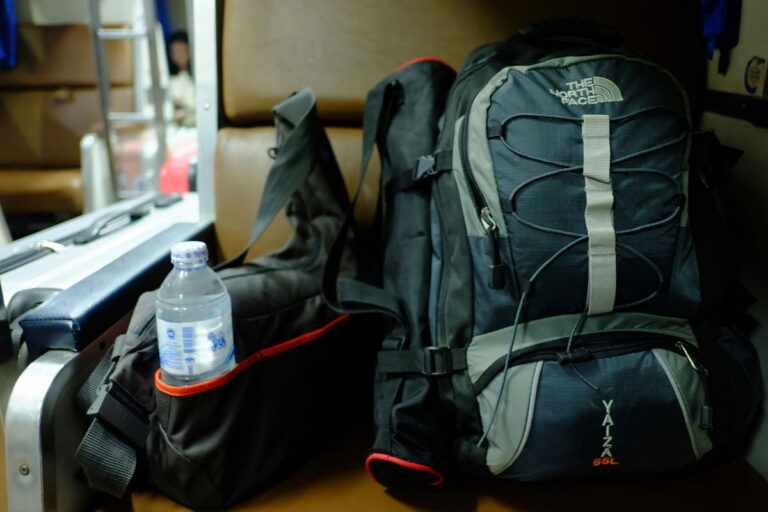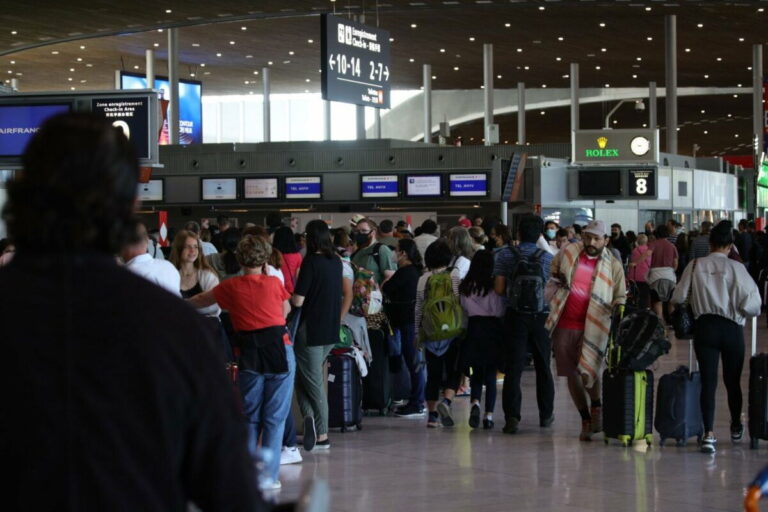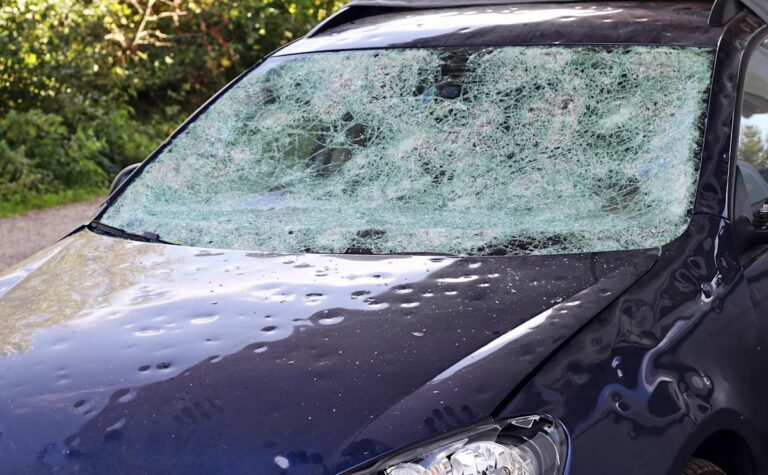
Spanish medical experts warn of deadly cold water shock risk as outside temperatures soar: Avoiding hydrocution in Spain.
Credit: Photos BrianScantlebury, Shutterstock
Spanish medical experts are warning the public of the risk of deadly Cold Water Shock as outside temperatures soar and water temperatures remain cool in many regions. You may have heard it before; ‘Don’t go in the water until a couple of hours after a big meal!’ But is this age-old advice a genuine life-saver or just another myth floating around the shallow end? Let’s dive in.
Tragedy at Murcia beach as woman dies from deadly ‘cold water shock’
Holiday horror struck several days ago as a 65-year-old woman died after suffering what’s known as hydrocution, or cold water shock — a violent physiological response to sudden immersion in cold water — while taking a dip at Las Delicias beach in Aguilas, Murcia.
Despite desperate attempts by paramedics to save her on the sand, she was pronounced dead at the scene.
Shockingly, it was the second drowning in Murcia that day. Experts warn that plunging into cold water after baking in the blazing Spanish sun can trigger a dangerous reaction as overheated blood vessels suddenly constrict — turning a quick swim into a deadly roll of the dice.
What is hydrocution (cold water shock)?
Commonly dubbed ‘corte de digestión’ (digestive shutdown) in Spain, many believe that taking a plunge too soon after lunch can stop your digestion dead in its tracks, leaving swimmers clutching their stomachs, gasping for air or worse.
Hydrocution, or cold water shock, is a violent reaction the body has when exposed suddenly to cold water, especially when you’re already hot or have just eaten a substantial meal. The issue isn’t your stomach refusing to do its job — it’s your body reacting to a rapid change in temperature.
Eating a large meal can make it worse though. When you eat, more blood is directed towards your digestive system. If you then shock your body with a sudden cold plunge, your blood vessels constrict rapidly. This can cause fainting, nausea, and in extreme cases, even cardiac arrest. But crucially, you don’t have to have eaten for hydrocution to strike.
The two-hour rule: A helpful guideline or pointless delay?
Emergency technician Miguel, speaking on Jordi Wild’s podcast, spelt it out: ‘You can die after eating a nice paella, or without having eaten at all. The problem is not what’s in your stomach — it’s the sudden shock. You’ve been playing in the sun, sweating buckets, then you throw yourself into cold water. That’s where things can go wrong.’
How to enter cold water safely in a hot country to avoid temperature shock
The real danger is the temperature shock itself. It’s why children and adults in Spain are advised to enter the water gradually. This is a basic safety rule that people living in colder countries are not brought up with.
Start by wetting your wrists, ankles, and neck before fully immersing. Launching yourself off the diving board like an Olympic hopeful right after sunbathing and a belly full of breakfast? That’s where the trouble starts.
Spot the warning signs of hydrocution before it’s too late
Symptoms to watch for include pale skin, cold sweats, dizziness, nausea or fainting. If any of these appear, especially in children, get them out of the water immediately and seek medical attention if needed.
Staying well-hydrated and avoiding intense physical activity immediately after eating can also help lower the risks.
So next time you’re tempted to cannonball straight into the deep end after a feast on a Spanish beach, remember: it’s not your stomach that’ll protest — it’s your nervous system.
More news about living in Spain.







